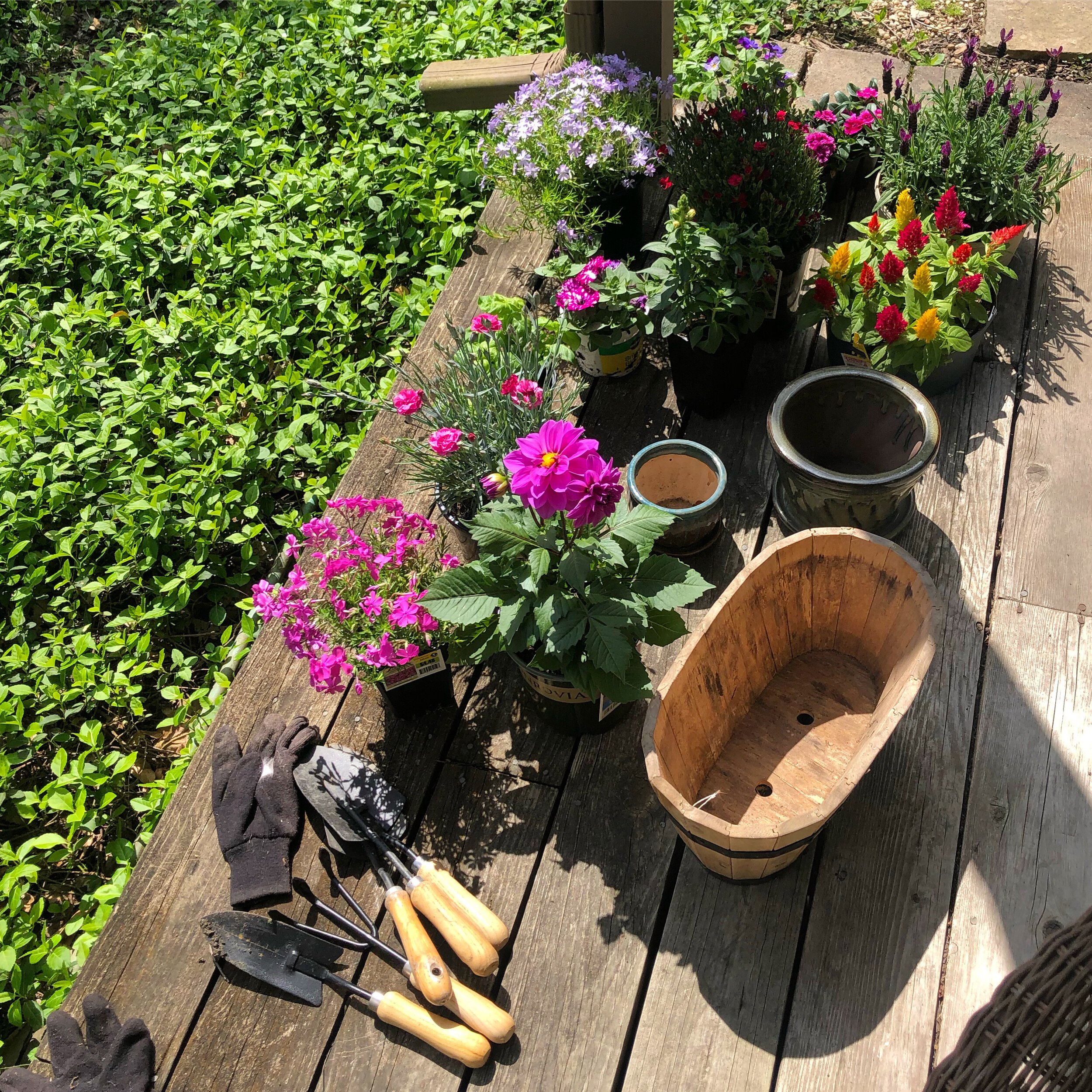Orchestration Postdoc Blog (OPDB) #9
Project Blog | Postdoc | Lindsey Reymore | April 14, 2021
April 14, 2021
Hi, all! Lots to report in terms of ACTOR activities in the past months, so I thought I’d write about some of our ongoing projects and what I’ve been working on as the ACTOR Analysis postdoc—and take the opportunity to share some photos from my favorite Spring hobby: gardening! For regular updates on ACTOR members’ publications, concerts, presentations, and more, you can subscribe to our newsletter. Actually, that’s one of the things I’ve been up to these past months, wearing my newsletter editor hat: gathering news from ACTOR members and working with the newsletter team to streamline our workflow.
I’m currently in the midst of several exciting collaborative projects. Niels Christian Hansen (Aarhus Institute of Advanced Studies) and I recently published a registered report in PLOS one outlining our method for two experiments designed to test our theory of instrument-specific absolute pitch (ISAP). For those who may be unfamiliar with the concept, registered reports describe a proposed experiment’s methods and analysis techniques and are peer-reviewed prior to actually carrying out the research. This form of publication helps promote transparency and reduce certain types of bias in research. For example, one issue is publication bias, also referred to as the “file drawer” or “bottom drawer” effect: studies with statistically significant results are much more likely to be published than those with null results (and so papers with null results often end up in the researcher’s file drawer). That is, if an experiment doesn’t confirm the researchers’ predictions—even if it was well-designed and scientifically sound—it is less likely to be published, and consequently, other researchers can’t learn from what happened. Registered reports aim to mitigate this problem by basing publication on the quality of the science, whether or not the results are positive. Additionally, it’s quite helpful to have external feedback on an experimental design before it runs. So, now that the registered report is published, Niels and I have started data collection (via Zoom!), which will probably run over the course of a few months. We are enthusiastically waiting to see what our data look like and to see whether our predictions are supported!
The last week has been focused on some very fun timbre semantics analyses, digging into some freshly collected data. For this project, which relates to semantic categories potentially associated with proposed acoustic markers of “noise,” I’ve been working with Emmanuelle Beauvais-Lacasse, a fourth-year McGill student in Cognitive Science and Linguistics. Stephen McAdams has been advising the project, and the intrepid Bennett Smith programmed our experiment interface and ran the online data collection. In a previous publication with David Huron (Reymore and Huron, 2020), in which we built a model of timbre description, we noted that several categories in our model might be related to certain acoustic features such as inharmonicity and harmonic-to-noise ratio (HNR). Despite potential shared relation to specific acoustic features, these categories were associated with different meanings. The current study explores whether we can disentangle the relationships of three of these categories—raspy/grainy/rough, harsh/noisy, and airy/breathy—to various acoustical features using the Timbre Toolbox, an audio feature extraction tool. Our preliminary results are very promising, and we look forward to sharing our findings.
And of course, speaking of sharing findings, conference season is approaching! ACTOR will be contributing four papers to the Nova Contemporary Music Meeting (NCMM) in early May. The papers each focus on a different aspect of the CORE project (Composer-performer Research Ensembles). This summer, results from a timbre semantics study supported by ACTOR Strategic Project Funding will be presented at the International Conference on Music Perception and Cognition (ICMPC). ACTOR members on this project include Jason Noble, Charis Saitis, Caroline Traube, Zachary Wallmark, and myself. At that conference, I’ll also be presenting my work developing Timbre Trait Profiles (and I might as well mention that some of this research was recently published in Musicae Scientiae!). I’m also looking forward to presenting a timbral analysis of Jacqueline Leclair’s performance of Karola Obermüller’s piece for solo English horn, different forms of phosphorus, at the Music Theory Midwest conference in June (this project began as an ACTOR blog post—check out the post here).
So, lots going on to keep me busy, for sure! More updates soon.
- Lindsey





